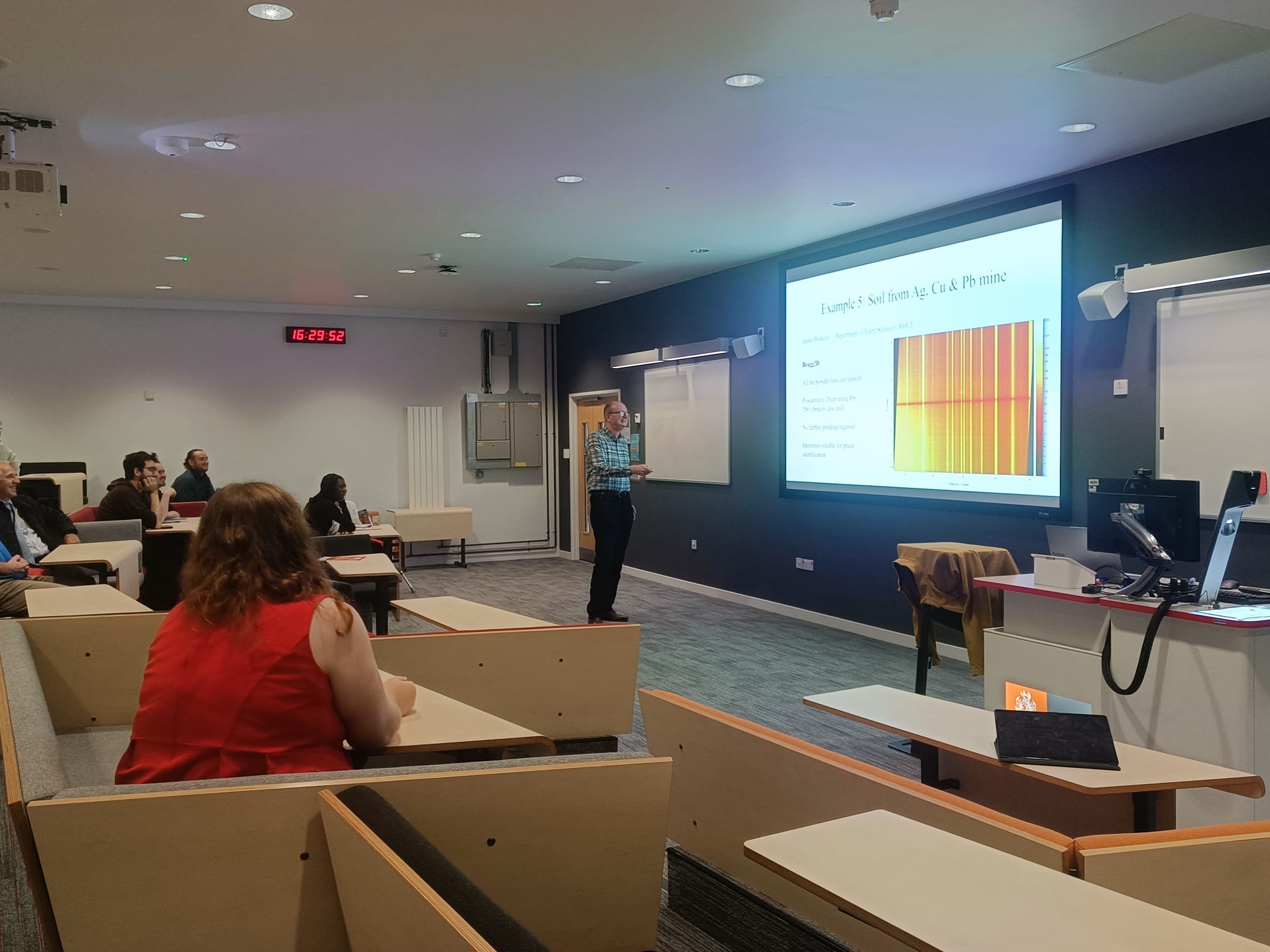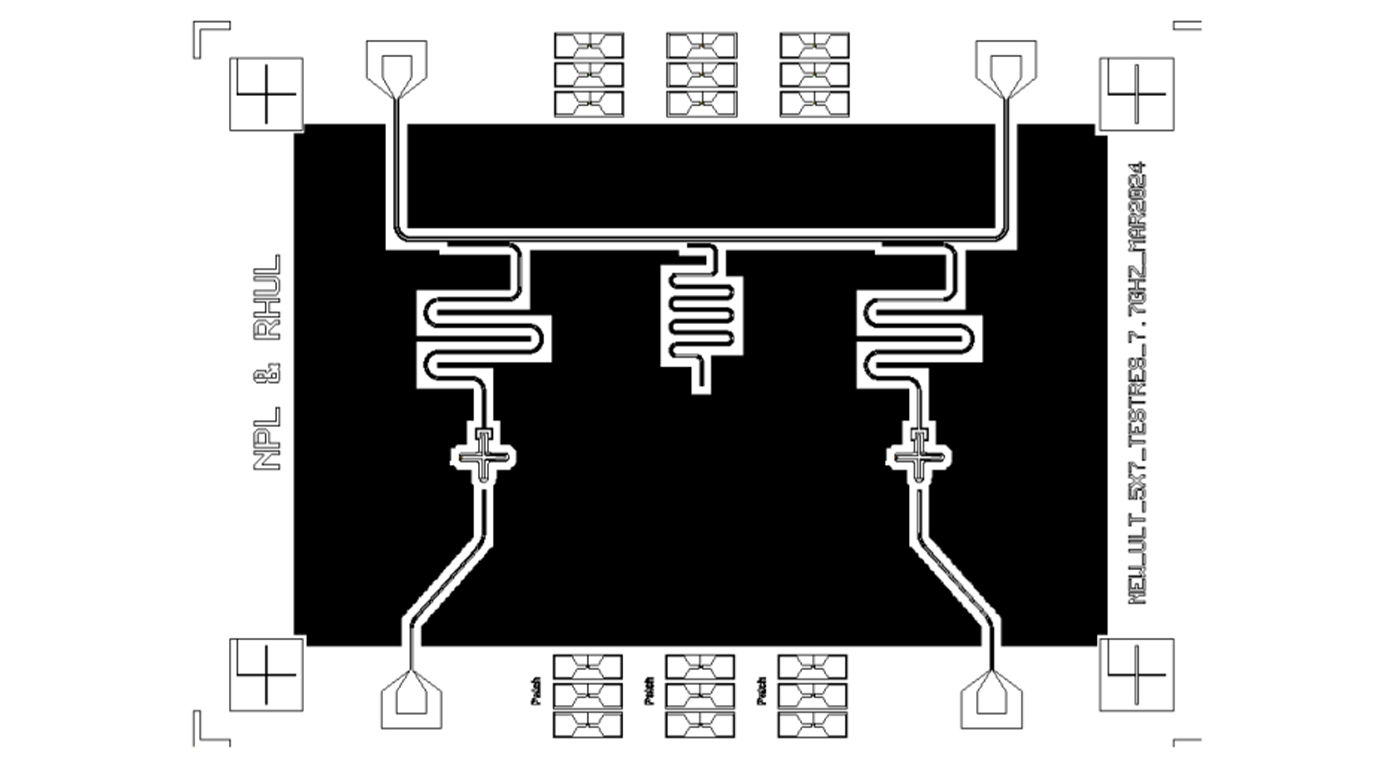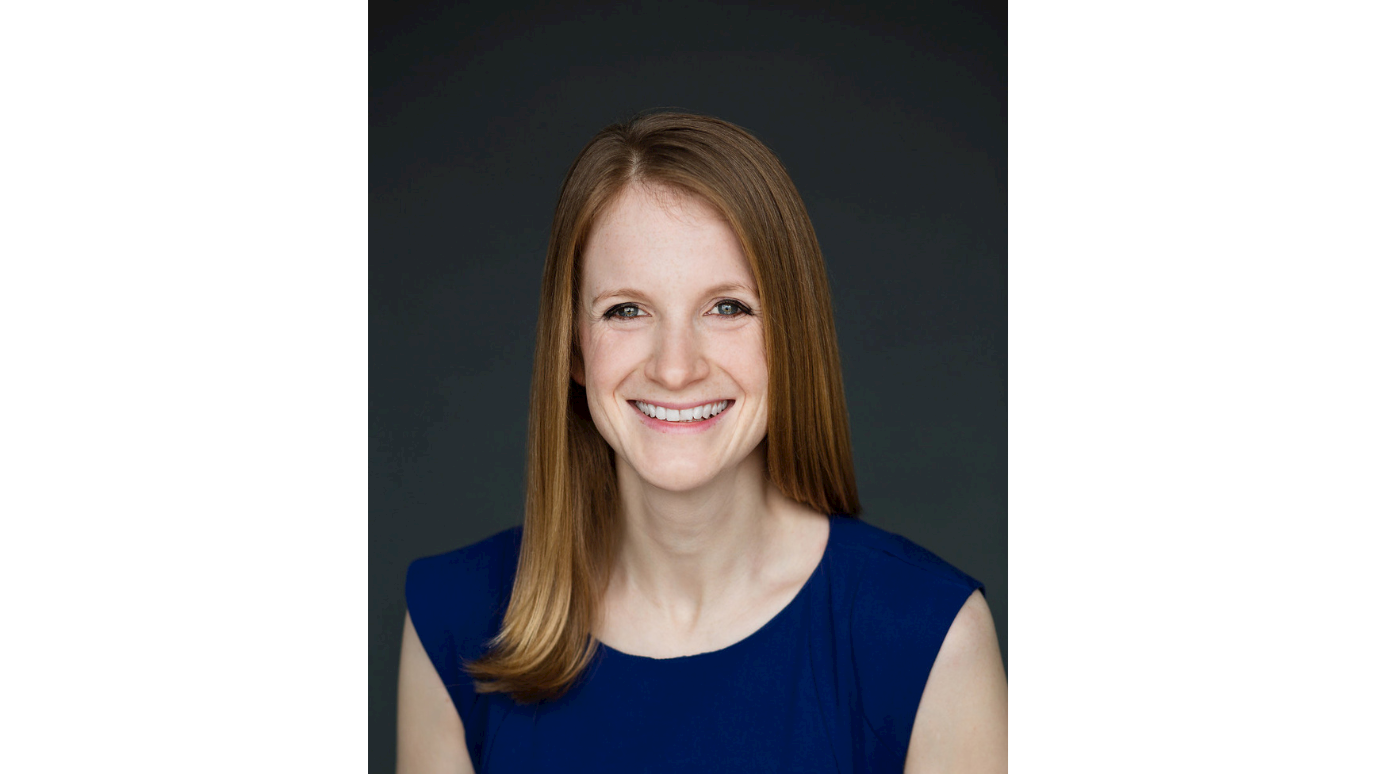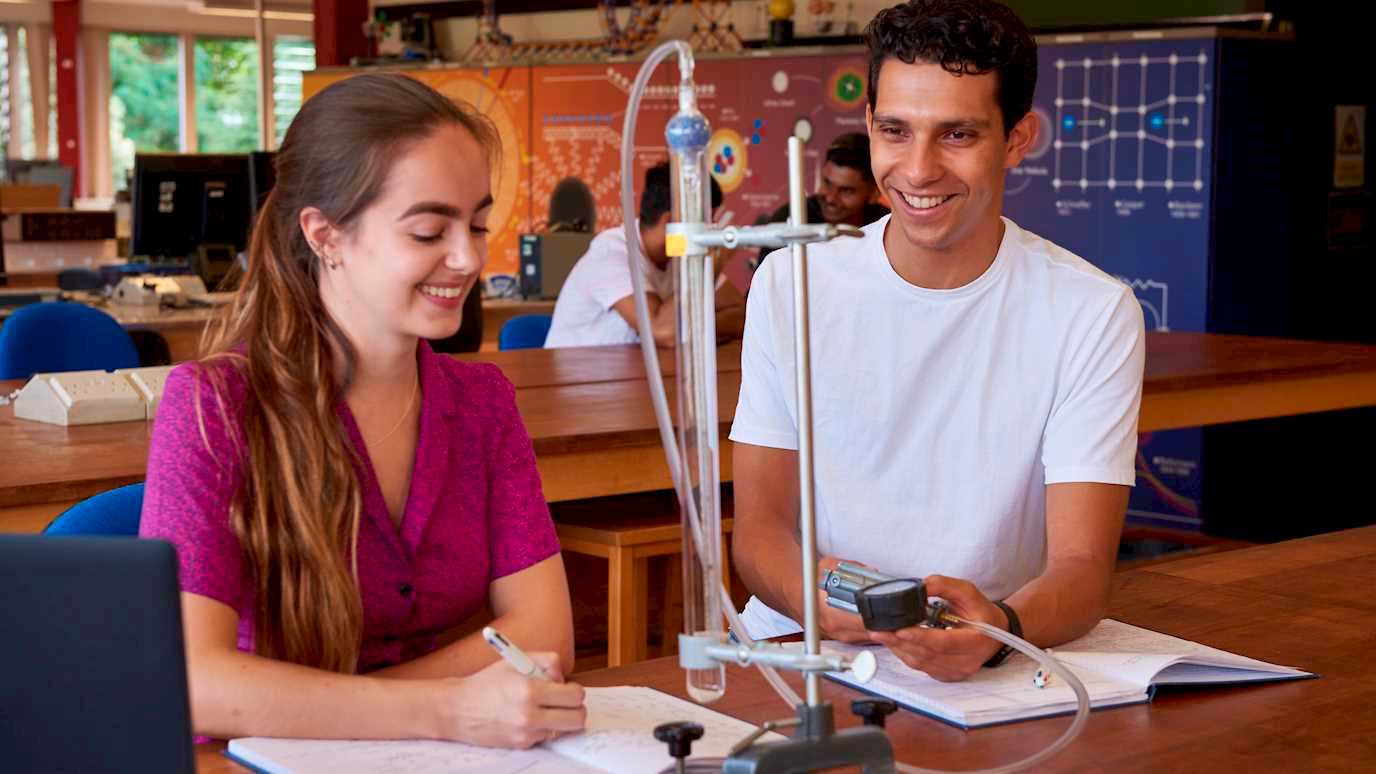Royal Holloway, University of London, has announced the appointment of distinguished astronomers Justyn Maund and Alessio Spurio Mancini to its esteemed physics department. The addition of Maund and Spurio Mancini, both internationally recognized for their groundbreaking research in astrophysics, bolsters the university's commitment to advancing our understanding of the cosmos.
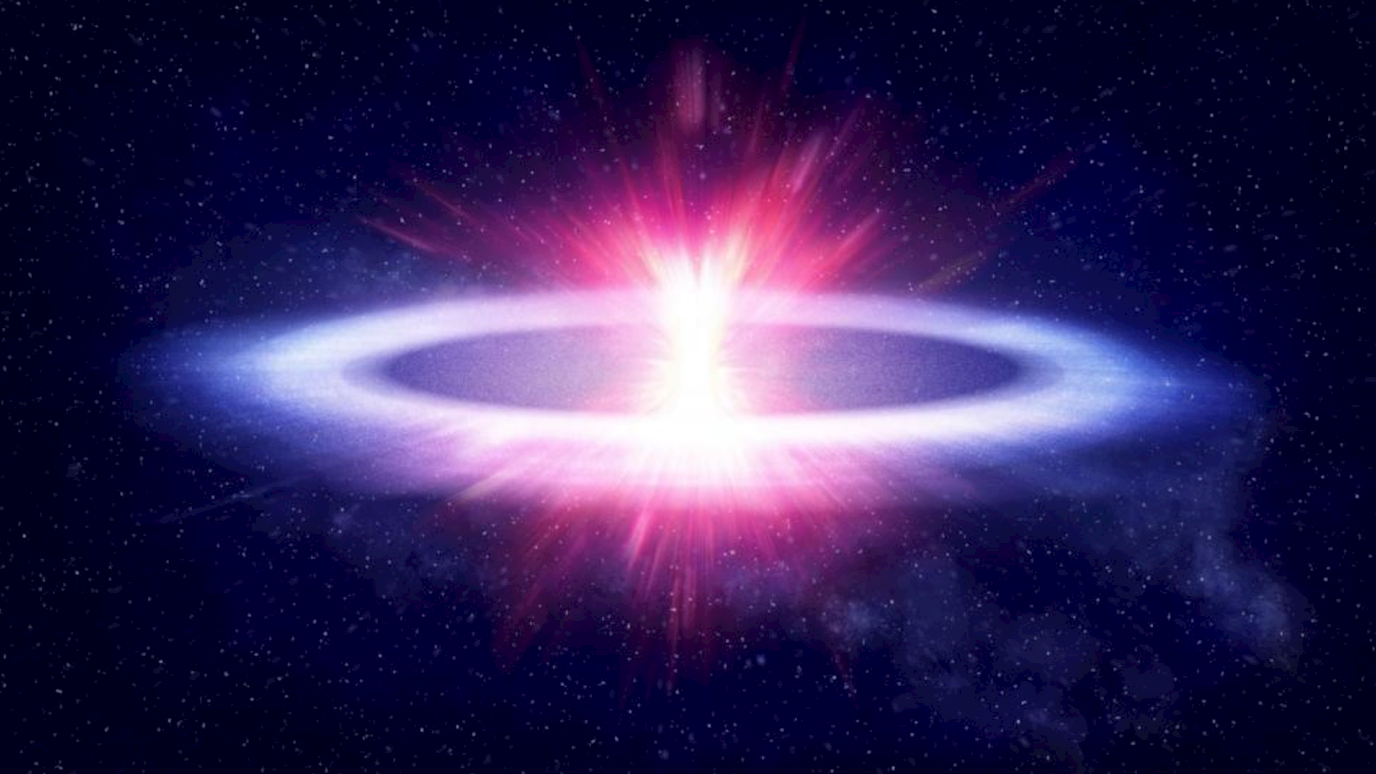
Dr. Justyn Maund, known for his expertise in stellar evolution and supernovae, brings a wealth of experience to Royal Holloway. His research, spanning over two decades, has significantly contributed to unraveling the mysteries of stellar explosions and their role in the formation of elements crucial for life. Maund's work has not only expanded our understanding of how supernovae can be used to probe the universe's dynamics but has also paved the way for new insights into the origin of heavy elements. Maund has extensive experience in optical astronomy and uses cutting-edge instruments such as NASA’s Hubble and James Webb space telescopes.
Joining Maund is Dr. Alessio Spurio Mancini's who works on weak gravitational lensing to advance our understanding of the cosmological properties of the universe. Weak lensing is a phenomenon where the light from distant galaxies is subtly distorted by the gravitational influence of foreground matter. Spurio Mancini’s research has significantly advanced our understanding of the distribution of dark matter in the universe and its role in shaping the large-scale structure of cosmic web. Spurio Mancini is a key part of the European Space Agency Euclid Mission, launched in July 2023 to explore the dark universe using weak gravitational lensing data. Spurio Mancini leads a working group in Euclid responsible for the delivery of headline cosmology results from this imaging survey. He has pioneered a novel method for efficient statistical analysis of cosmological data that is orders-of-magnitude faster than previous methods, thanks to the integration of cutting-edge Artificial Intelligence techniques throughout the pipeline. He has also applied similar techniques to scientific problems beyond cosmology, for example in seismology to accelerate the process of earthquake location from recorded seismic traces.
The link between Maund, Spurio Mancini and Holloway’s existing astrophysics research is the focus on the use of advanced Artificial Intelligence, and they join the new “Centre of AI” across the University. "We are thrilled to welcome Drs Justyn Maund and Alessio Spurio Mancini to Royal Holloway," said Professor Stephen Gibson, Head of the Department of Physics at Royal Holloway. "Their expertise and passion for astrophysics will undoubtedly inspire our students and contribute to the university's reputation as a leading center for astronomical research."
Both Maund and Spurio Mancini expressed excitement about joining the Royal Holloway community and look forward to collaborating with colleagues and students to further our understanding of the universe.
"I am delighted to be joining Royal Holloway and look forward to contributing to its vibrant research environment," said Dr Justyn Maund. "Royal Holloway's commitment to excellence in physics and astrophysics aligns perfectly with my research interests, and I am eager to embark on this new chapter of my academic journey."
Dr. Alessio Spurio Mancini echoed Maund's sentiments, stating, "I am honored to be joining such a prestigious institution and am excited about the opportunities for interdisciplinary collaboration at Royal Holloway. Together, we can make significant contributions to our understanding of the cosmos and push the boundaries of applications of Artificial Intelligence to key scientific problems across multiple disciplines. "
With the addition of Maund and Spurio Mancini, Royal Holloway's physics department is poised to continue its tradition of excellence in astrophysics and make significant contributions to the global scientific community's quest to unravel the mysteries of the universe.










